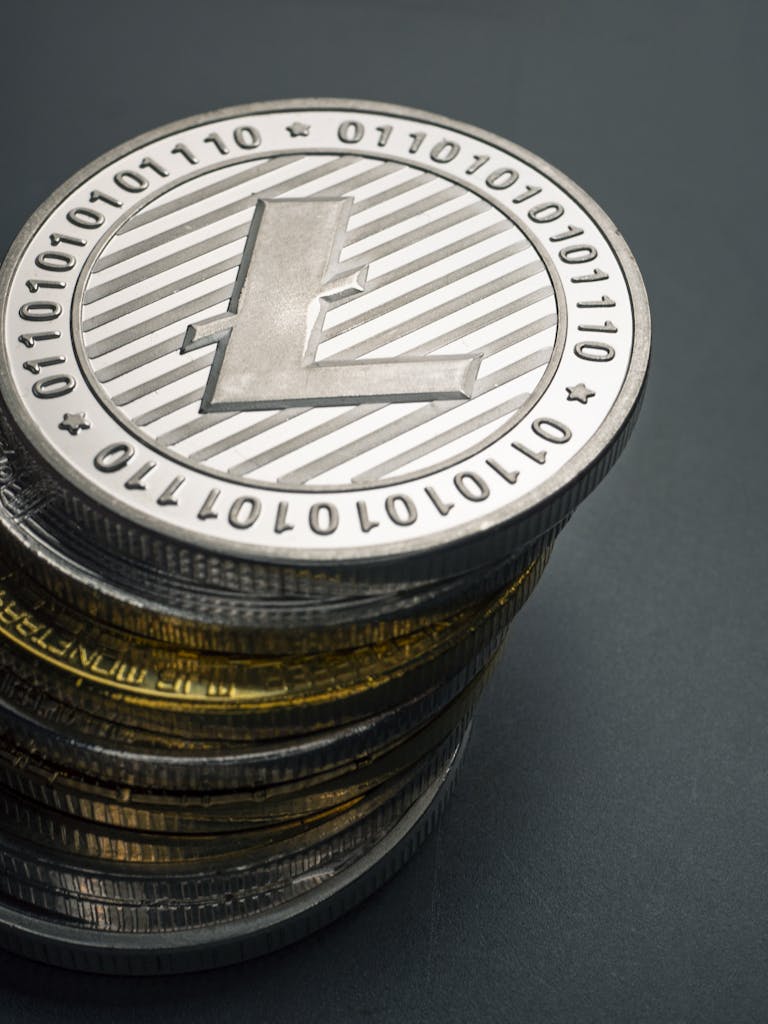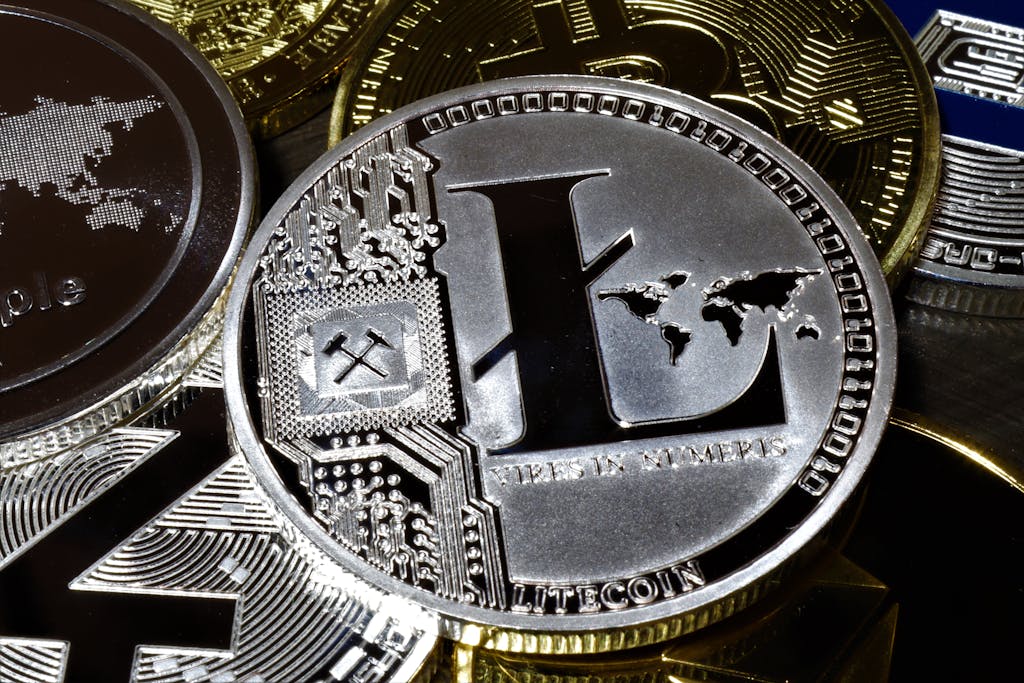What is the role of miners in Litecoin’s decentralized system?
Miners play a crucial role in Litecoin’s decentralized system by validating transactions, securing the network, and adding new blocks to the blockchain. The key responsibilities of miners in Litecoin’s ecosystem include: In summary, miners in Litecoin’s decentralized system play a vital role in validating transactions, securing the network, adding new blocks to the blockchain, maintaining…



